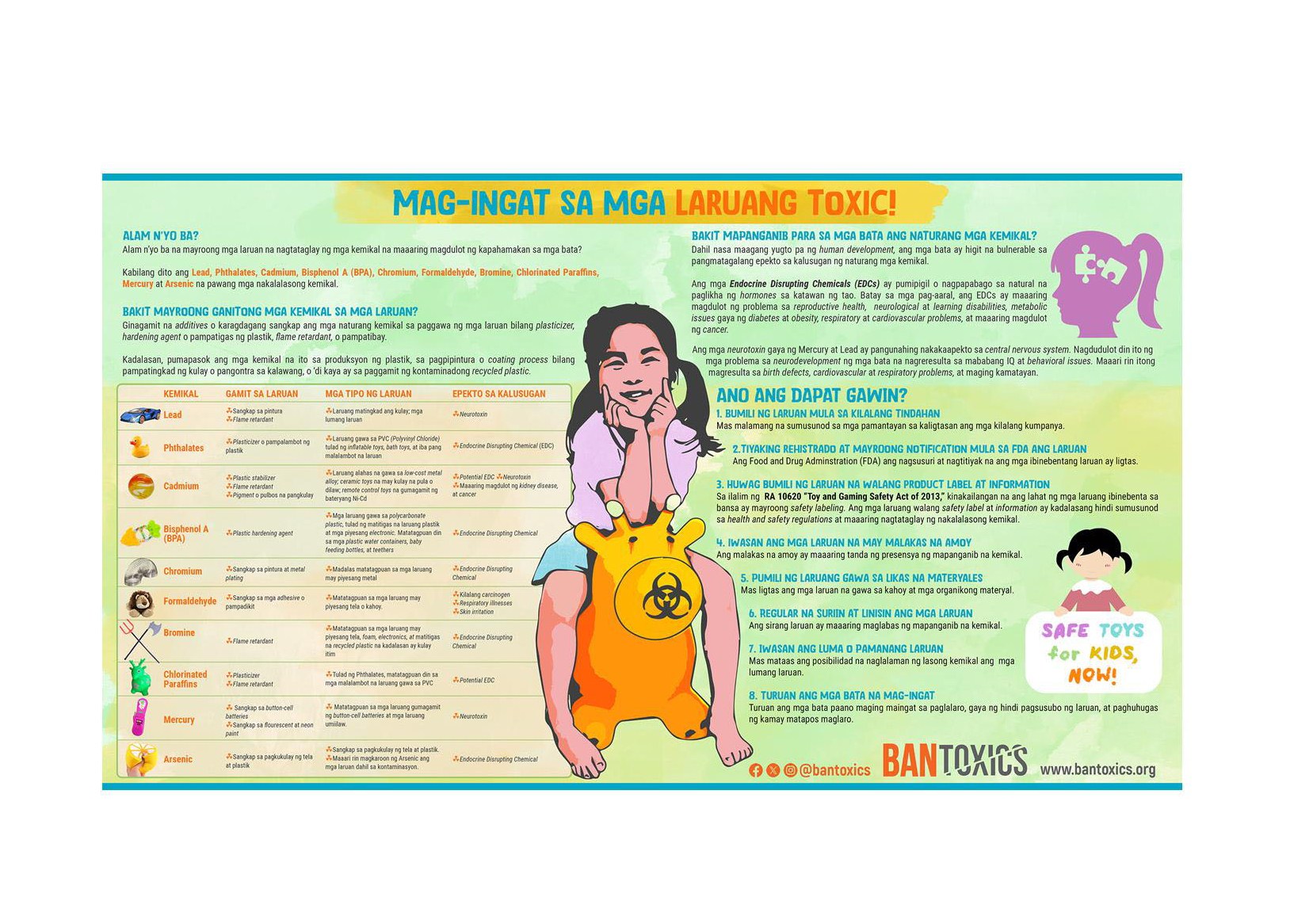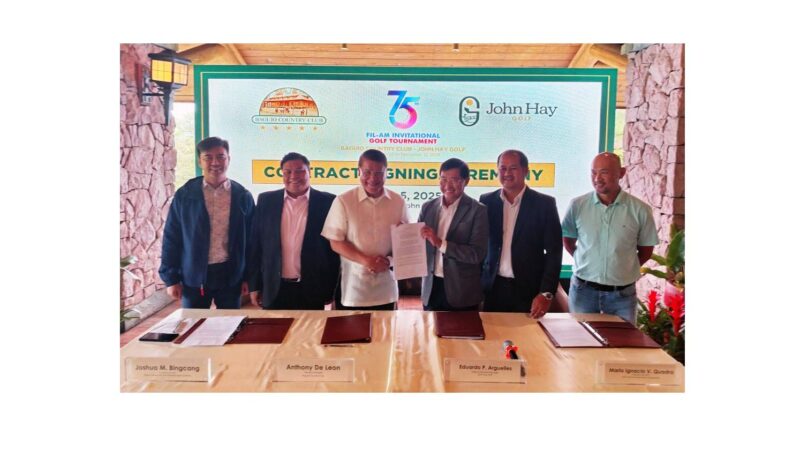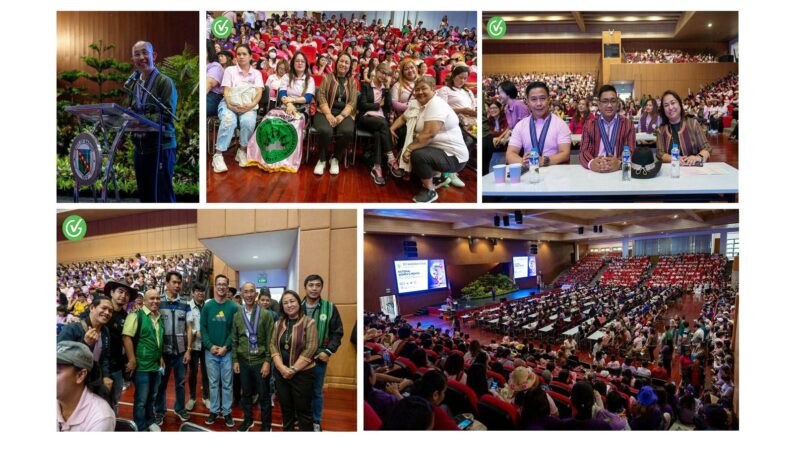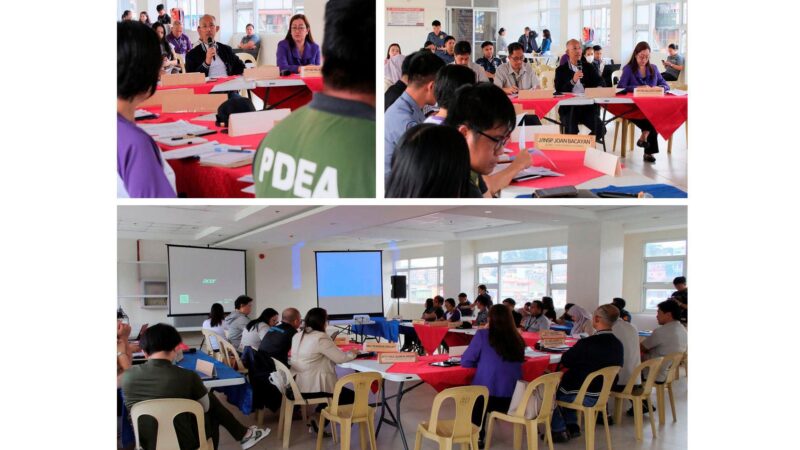BAN Toxics Launches Infographic to Raise Awareness on Toxic Toys in Time for ‘Ber’ Months

Environmental NGO BAN Toxics has launched a new infographic on safe toys today, pledging to intensify its awareness campaign as the gift-buying season begins with the onset of the ‘ber’ months.
Titled “Mag-ingat Sa Mga Laruang Toxic! (Beware of Toxic Toys!)”, the infographic provides information on hazardous chemicals that remain present in toys—mostly illegally manufactured—that are sold in markets. It aims to educate consumers on how to identify and avoid these dangerous products to ensure the safety of children.
“Toys containing toxic chemicals are being sold in local markets, particularly in bargain shops. Since they are mostly cheap, they become the go-to gifts for those looking to save money. We aim to raise awareness among consumers about the dangers of unwittingly exposing children to health risks from these toys,” said Thony Dizon, BAN Toxics Campaign and Advocacy Officer.
Dizon adds that toys containing toxic chemicals often lack proper labeling and safety information, indicating they may not be adequately tested or compliant with health and safety regulations. Under Republic Act 10620, the “Toy and Gaming Safety Act of 2013,” all toys sold in the country are required to have safety labeling.
The infographic cites Lead, Phthalates, Cadmium, Bisphenol A (BPA), Chromium, Formaldehyde, Bromine, Chlorinated Paraffins, Mercury, and Arsenic as toxic chemicals that may still be present in certain toys due to their use as additives during production. While not all of these chemicals are covered by the country’s existing laws and regulations, research studies worldwide have identified them as harmful to children.
The effects of these chemicals range from endocrine disruption and carcinogenicity to neurotoxicity, and they can have lifelong consequences for children.
In the Philippines, one million children aged 5 to 9 years have elevated blood lead levels, according to Pure Earth and UNICEF[1]. Additionally, over 5,000 Filipino children are diagnosed with cancer annually, with nearly two-thirds of these cases already in advanced stages, as reported by the Philippine Council for Health Research and Development of the DOST[2]. Furthermore, one in every 100 Filipinos is diagnosed with autism spectrum disorder (ASD[3]).
“We urge our lawmakers to prioritize the legislation of the Safe and Non-Hazardous Children’s Products Law, which would strengthen regulations on the importation, manufacture, distribution, and sale of toys and other children’s products containing hazardous chemicals,” Dizon said.
Aside from publishing online, the infographic will be distributed to BAN Toxics’ partner schools and communities through their Toxic and Waste-Free Schools Program (TFSP), which aims to promote safer and cleaner environments in educational institutions. BAN Toxics also plans to reach out to the newly appointed Secretary of the Department of Education, Sonny Angara, for potential partnership activities under the TFSP.
The Food and Drug Administration (FDA) regularly issues advisories on the safe use of toys, mandatory labeling, and related matters. It conducts research and testing on available toys and childcare articles and is currently drafting an administrative order that includes product standards on chemicals to align with international guidelines. Meanwhile, the Department of Trade and Industry has established the Philippine National Safety Standard for toys to align with the International Organization for Standardization (ISO).
BAN Toxics also frequently conducts market monitoring and product testing of toys, publishing the results through Balitang Toksik!, a regular safety briefing on toxic chemicals in consumer products, available on the group’s website and social media channels. According to Dizon, they are planning to conduct more monitoring and testing activities on toys in the coming months to update the public on any new findings. (PR)
References:
https://www.who.int/news-room/fact-sheets/detail/lead-poisoning-and-health
https://www.who.int/news-room/fact-sheets/detail/mercury-and-health
https://www.who.int/news-room/photo-story/photo-story-detail/10-chemicals-of-public-health-concern
https://ipen.org/sites/default/files/documents/chlorinated_paraffins_report-102023.pdf
https://lawphil.net/statutes/repacts/ra2013/ra_10620_2013.html
https://www.ncbi.nlm.nih.gov/pmc/articles/PMC7825799
[1] https://www.pureearth.org/global-lead-program/the-toxic-truth-report/
[2] https://www.pchrd.dost.gov.ph/heartnovation/aruga-sa-batang-may-cancer-abc/







